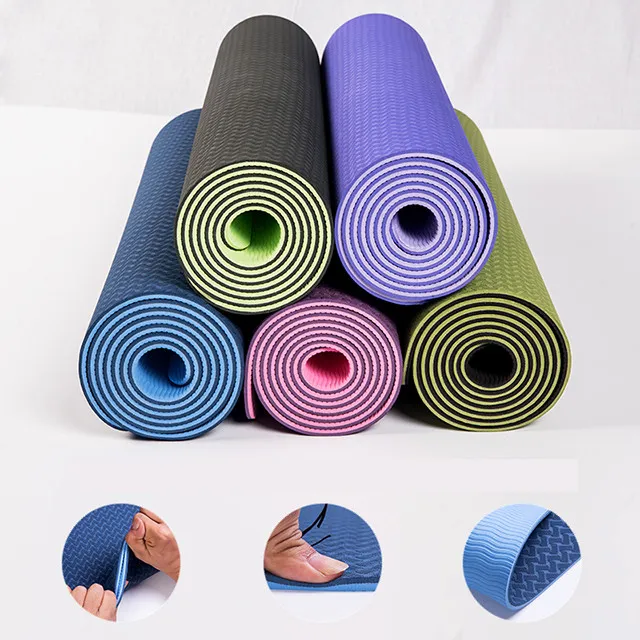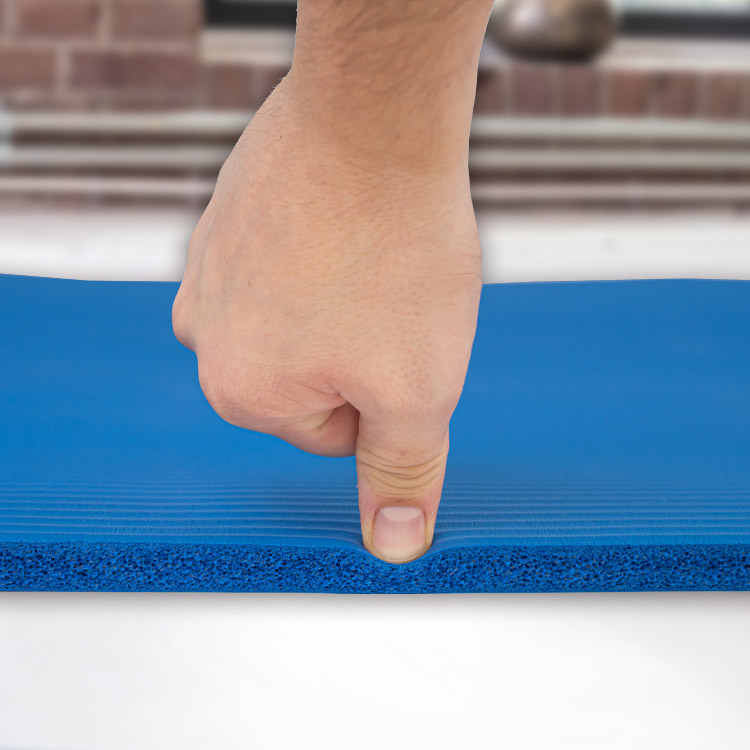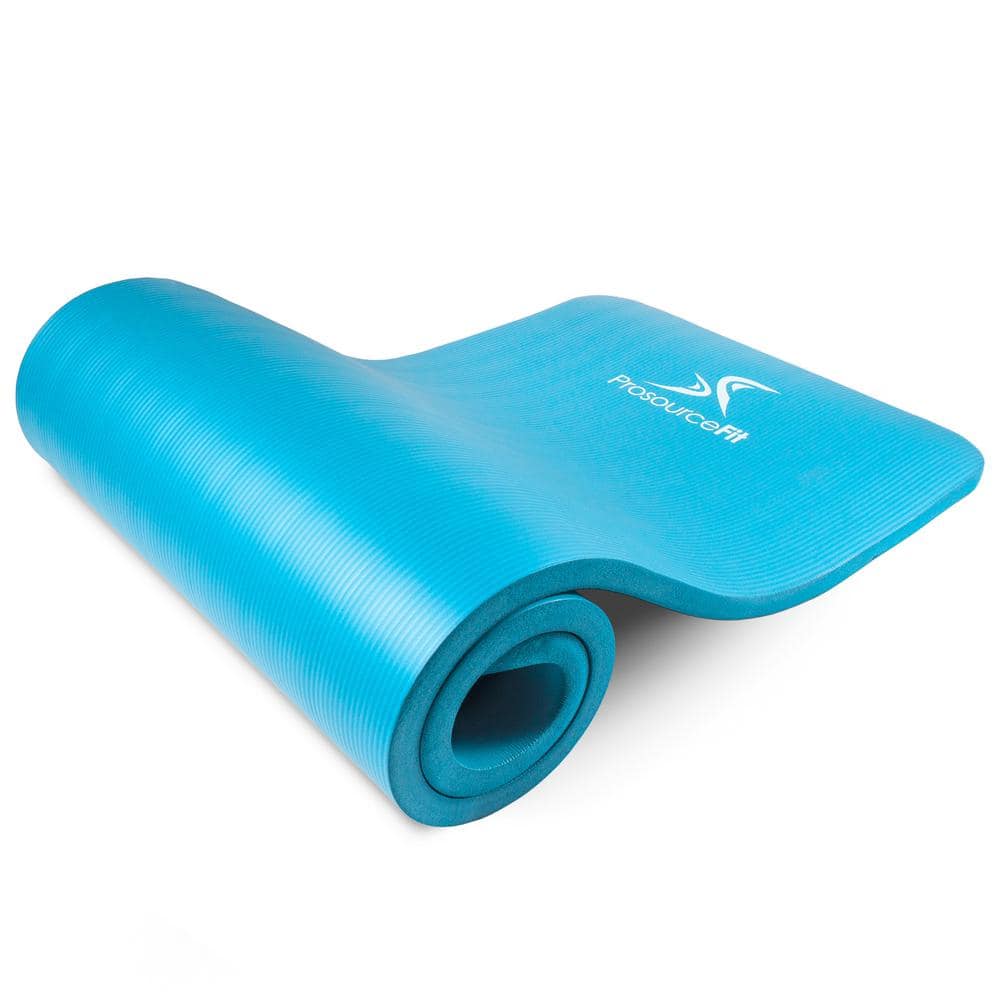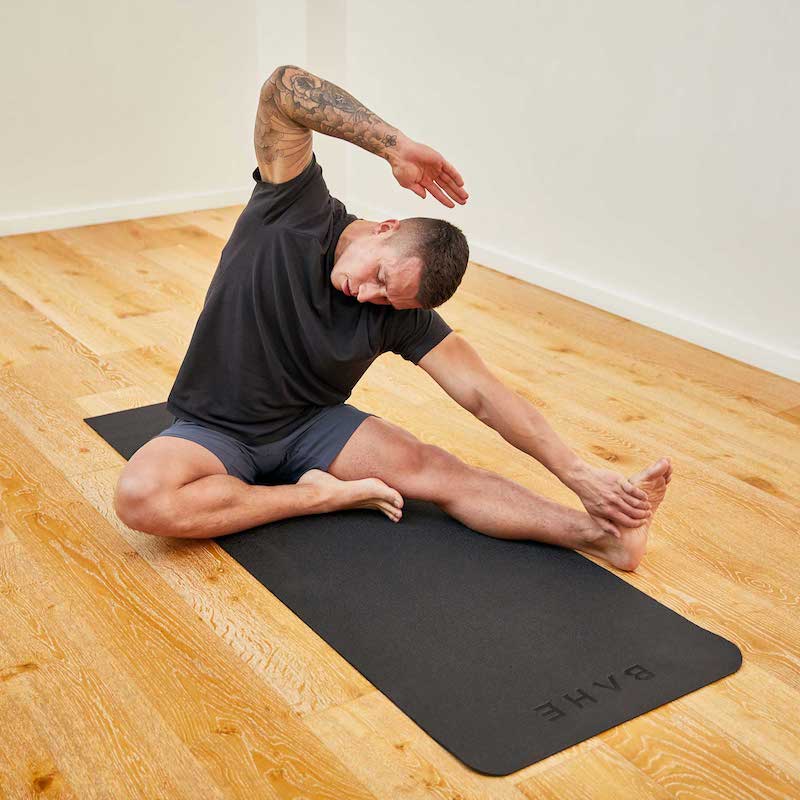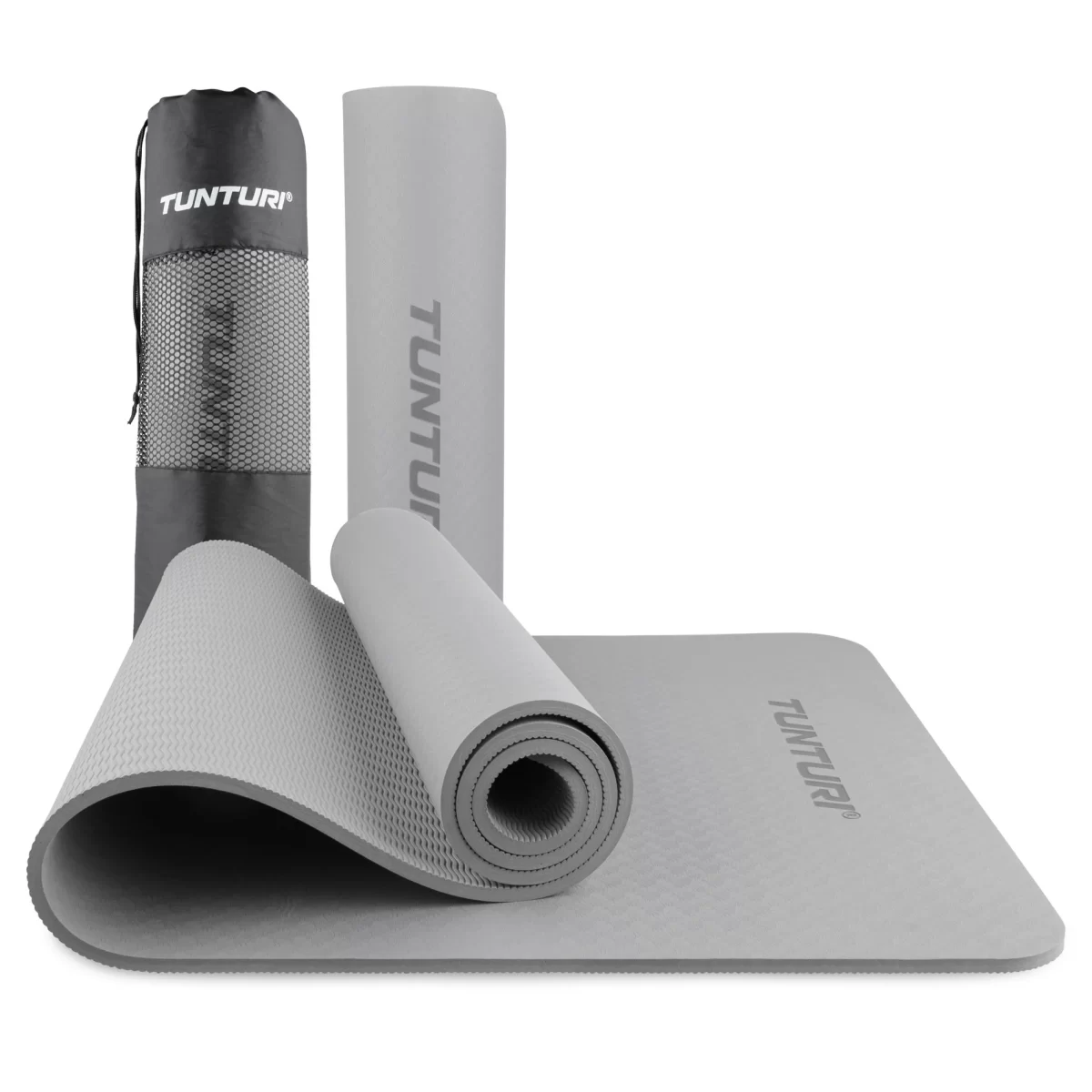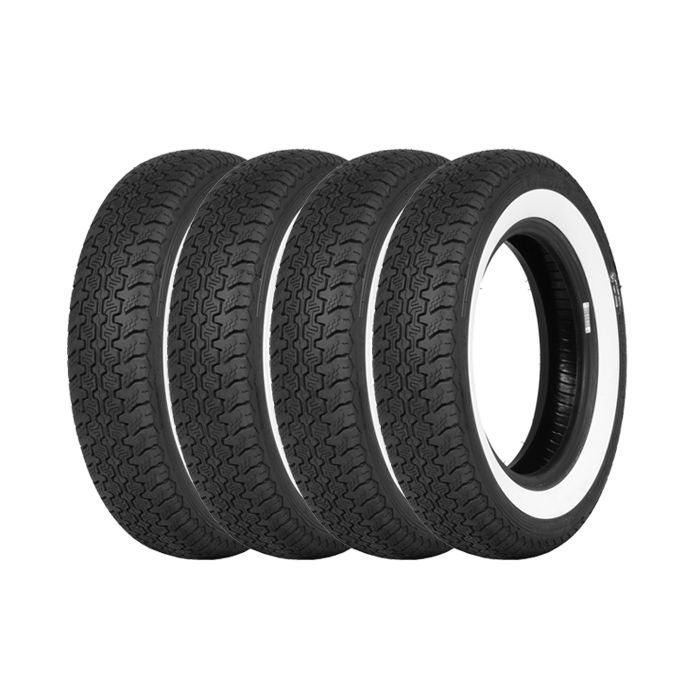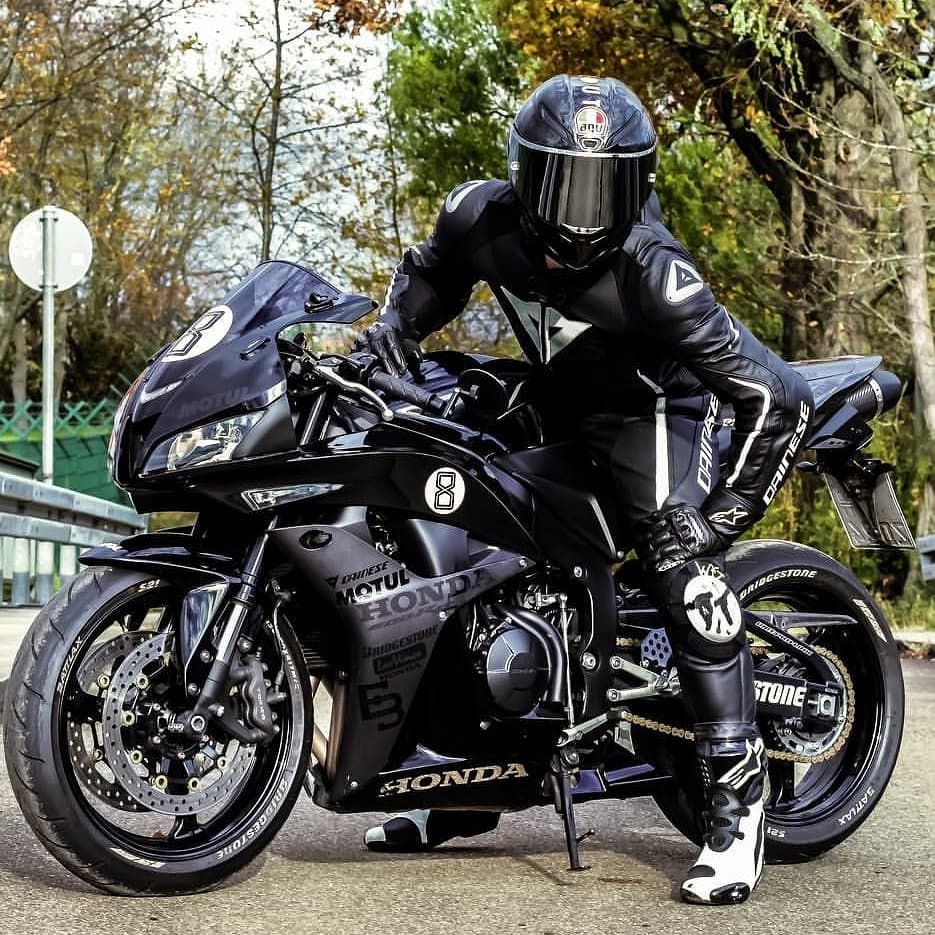Introduction to Yoga Mat Thickness
Finding the right thickness of yoga mat is crucial. It impacts comfort, stability, and ease during your yoga sessions. This guide will explore the various thicknesses available, and their pros and cons.
The standard thickness for a yoga mat ranges from 4mm to 6mm. This middle range provides a balance between soft cushioning and firm support.
However, yogis have different needs. Some may seek extra padding provided by thicker mats, while others may prioritize firm grounding with thinner options.
Understanding the thickness of yoga mats helps in customizing your practice. This customization enhances your alignment, comfort, and overall experience. With the variety available, you can find a mat that fits your body type and yoga style.
As we delve deeper, we will look at the advantages and pitfalls of both thicker and thinner yoga mats. We will also discuss how different materials influence the thickness and effectiveness of your mat.
Plenty of factors come into play when choosing mat thickness. These include the type of yoga you practice, where you practice, and your personal comfort. Let’s explore these considerations to help you find the perfect yoga mat match.
Standard Yoga Mat Thickness: Pros and Cons
When choosing a yoga mat, the standard thickness often ranges from 4mm to 6mm. This thickness works well for many yogis, offering a mix of cushioning and firmness. Here are some key points about the standard yoga mat thickness:
- Pros:
- Offers enough padding to protect your joints during poses like cat-cow.
- Provides stability for standing poses, helping you balance better.
- Widely available and tends to be a go-to choice for beginners.
- Cons:
- Might not provide enough cushioning for yogis with sensitive knees or wrists.
- Could be less comfortable for longer, restful poses in Yin or Restorative Yoga.
- May wear down faster with heavy use, especially for dynamic styles like Ashtanga.
Finding the right balance with thickness of yoga mat can make a big difference. A medium thickness mat is supportive, but your personal comfort and yoga style are key. Consider how the cushioning feels under your body, and how stable you feel in balance poses. Remember, the best yoga mat for you supports your practice by balancing comfort and stability. Choose wisely by considering the pros and cons of the standard yoga mat thickness.
Thicker Yoga Mats: Extra Comfort for Specific Practices
When it comes to yoga mats, thickness can mean comfort. Thicker yoga mats — often ranging from 6mm to 10mm — provide more cushion for your body. Here are some reasons why you might choose a thicker mat:
- Extra Padding: Ideal for those practicing gentle yoga, like Yin or Restorative yoga. The added cushioning helps protect sensitive joints.
- Hard Floor Comfort: If you’re practicing on a tough surface, a thicker mat can make a big difference. It offers a softer base, so your body feels less strain.
- Knee and Wrist Support: A thick mat can ease the pressure on your knees and wrists during poses.
But, they also have drawbacks:
- Reduced Stability: A very thick mat can affect your balance. It may make standing poses more challenging.
- Harder to Carry: They can be heavier and bulky, making transport trickier.
Choosing the thickness of yoga mat isn’t just about comfort. It’s also about how it fits into your lifestyle. A thicker mat can enhance your practice by providing that much-needed support. But remember, it could also hinder your balance in some poses. Make sure to weigh the benefits against the potential cons to find your ideal mat.
Thinner Yoga Mats: Enhanced Stability and Connection
Thinner yoga mats usually range from 1mm to 3mm in thickness. These mats are often chosen for their enhanced stability. Being so close to the ground helps yogis maintain better balance during challenging poses. Here are some considerations if you’re thinking about opting for a thinner mat:
- Enhanced Ground Connection: Ideal for experienced yogis who prefer a strong connection with the floor. This connection can significantly aid in stability during standing and balance-focused poses.
- Travel-Friendly: Due to their lightweight and slim profile, thinner mats are easy to roll up and carry. This makes them perfect for yogis on the go.
- Less Cushioning: While they offer stability, these mats provide less cushioning. This might be uncomfortable for practices involving extended floor contact, like seated poses.
- Durability Concerns: Thinner mats might wear out quicker than thicker ones, especially when used frequently on rough surfaces.
Choosing a thinner thickness of yoga mat can enhance your practice by improving balance and portability. However, consider the potential trade-offs in comfort and durability.
Yoga Mat Materials and Their Impact on Thickness
When exploring the thickness of yoga mats, it’s important to consider the materials used. Different materials can affect the feel, durability, and weight of your mat.
- PVC Mats: Commonly made from polyvinyl chloride, offering a good grip. These mats typically range between 4mm and 6mm in thickness, striking a balance between cushion and stability.
- Natural Rubber Mats: Provide a sustainable choice with a better grip. They can vary in thickness, and might be a bit heavier, affecting portability.
- TPE Mats: Made from thermoplastic elastomer, these are lighter and provide decent traction. They often come in a variety of thickness options to suit different preferences.
- Cork Mats: Known for being eco-friendly and having antimicrobial properties. Cork mats might be slightly firmer, influencing the overall thickness needed for comfort.
- Cotton or Jute Mats: Offer a traditional feel and are biodegradable. These materials might lead to thinner mats, catering to those who prefer a closer floor connection.
Your choice in material will impact the thickness and hence, the overall feel and effectiveness of your yoga practice. For instance, PVC and rubber mats might offer more cushion, while cotton or jute provide less padding but enhance stability.
Keep in mind that each material brings its unique benefits and considerations. When selecting the thickness of your yoga mat, think about the material’s impact on comfort, your style of yoga, and how it aligns with your values and needs.
Specialized Yoga Mats for Different Yoga Styles
Choosing the right thickness of yoga mat also depends on the style of yoga you practice. Different yoga styles can often benefit from specialized mats that cater to their unique demands. Here’s how to match your mat to your practice:
- Dynamic Practices: For styles like Ashtanga or Vinyasa, where you move quickly, you need a mat with good grip. This helps you transition smoothly and maintain posture.
- Hot Yoga: In steamy classes, sweat can make you slip. Look for yoga mats with moisture-wicking properties or use a mat towel.
- Gentle Yoga: For more restful yoga such as Yin or Restorative, consider a thicker mat for added comfort.
- Travel Yoga: If you’re on the move, thin and light mats are best. They’re easy to pack and don’t add weight to your luggage.
It’s about finding what works for your yoga journey. Check the style you love and the support you need from your mat. Then, you can enjoy your practice to its fullest.
Considering Body Type and Personal Comfort
Choosing a yoga mat is deeply personal and varies by body type and comfort. Taller individuals may need longer mats for adequate space. Those with broader bodies might prefer wider mats for comfort. Thickness of yoga mat also plays a big role. You should feel comfortable during your practice, whether you need more cushion or firmness. Materials can affect the texture and feel under your body. Always consider what feels best for your practice and personal needs. Matching your mat to your body type enhances comfort and effectiveness in your yoga journey.
Practical Factors: Weight, Portability, and Budget
When picking a yoga mat, weight, portability, and price matter. Light mats are good for travel. Thick mats can be heavy, hard to move. Costs vary; some mats are pricey, others affordable. Think about how often, where you’ll carry your mat. Choose a mat that fits your budget, lifestyle needs.
Conclusion: Finding Your Perfect Yoga Mat Match
Choosing the right yoga mat is a vital part of your yoga journey. It can significantly enhance your practice by meeting your specific needs. Remember to consider factors like material, thickness, size, and personal comfort when selecting a yoga mat.
Here’s a brief recap to guide you:
- Understand Mat Thickness: Choose between thicker mats for extra comfort or thinner mats for better stability.
- Check the Material: PVC mats offer durability, while natural rubber provides a better grip. Eco-friendly options like cork and jute are also valuable for their unique properties.
- Consider Yoga Style: Match your mat’s features with the type of yoga you practice. Dynamic styles require sticky mats, while restorative yoga needs thicker cushioning.
- Account for Body Type: Ensure the mat fits your body size for full comfort and functionality.
- Practicality Matters: Think about the mat’s weight and portability if you travel a lot. Make sure the price aligns with your budget.
- Ask Advice: Consult with a yoga teacher to make an informed decision.
Choosing the right mat is about finding balance. It should support your practice and complement your lifestyle. With the right yoga mat, each session can be more fulfilling and effective. Choose wisely and enhance your yoga experience.
